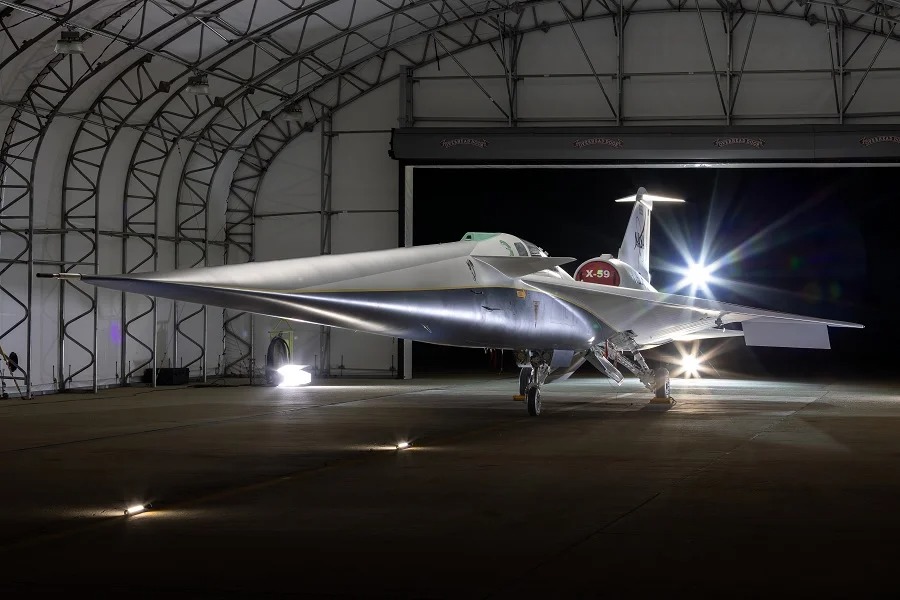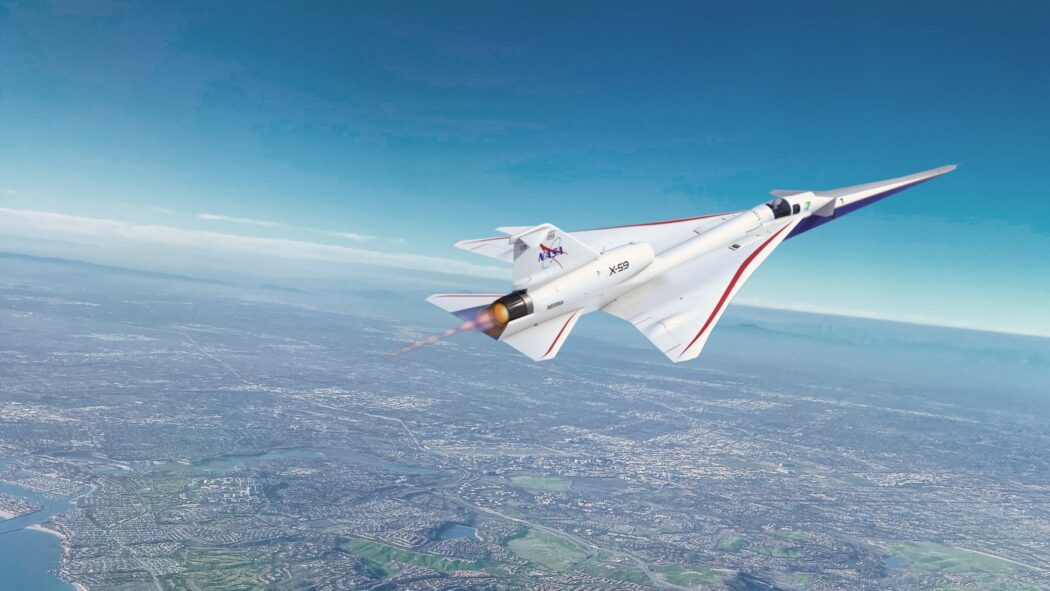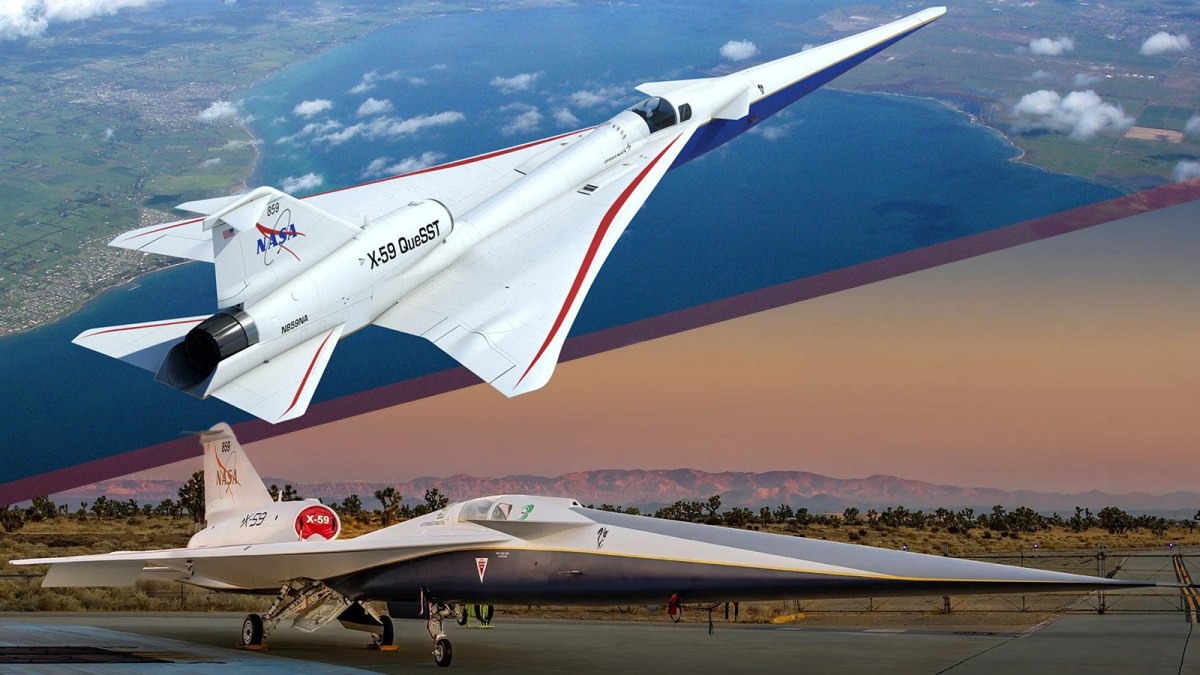Lockheed Martin Skunk Works® (NYSE: LMT) unveiled the X-59, an innovative experimental aircraft aimed at mitigating the sonic boom, during a ceremony held in Palmdale, California. This event signifies a major achievement in Lockheed Martin’s and NASA’s extensive efforts spanning decades to address a persistent challenge in supersonic flight – the disruptive sonic boom.

John Clark, vice president and general manager of Lockheed Martin Skunk Works, expressed enthusiasm about tackling this challenge alongside NASA. He emphasized the potential transformative impacts of NASA’s quiet supersonic technology mission on a global scale, highlighting the broader industry ingenuity pushing the boundaries of what is achievable.
Rollout ceremonies, deeply rooted in aviation tradition, celebrated the technical progress, collaborative efforts, and innovation arising from years of research, development, and production of a one-of-a-kind technology demonstrator aircraft – the X-59. This aircraft is designed to reduce the intensity of sonic booms to a milder thump.
Greg Ulmer, executive vice president of Lockheed Martin Aeronautics, commended the entire X-59 team for leveraging the expertise of NASA and Lockheed Martin, ensuring success in this groundbreaking program. Notable figures from Lockheed Martin, NASA, and government leadership attended the ceremony, underscoring the significance of this achievement.

The next steps for the X-59 involve completing ground tests, including engine-run and taxi tests, leading up to its pivotal milestone – the first flight, anticipated later this year. Following initial flight tests, the aircraft will enter the acoustic testing phase, involving flights over populated areas. These flights aim to provide regulators, both in the U.S. and internationally, with statistically valid data crucial for approving new rules that could enable quiet commercial supersonic flight over land. Such approval has the potential to significantly reduce commercial flight times, transforming global travel experiences.



